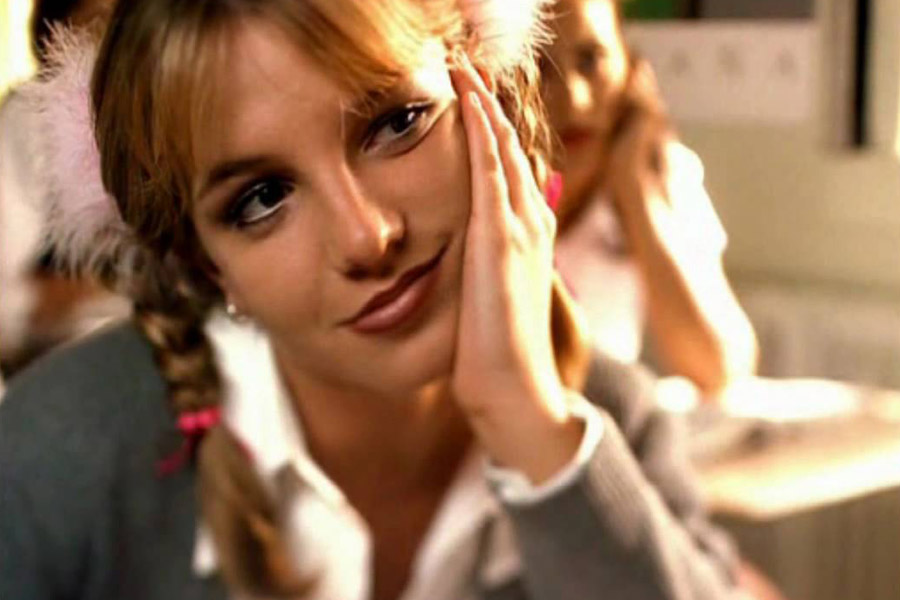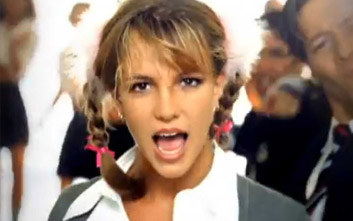As vocal fry is adopted into the general vernacular, the trend is becoming increasingly unlikely to be left by the way-side anytime soon.
Vocal fry is a phenomenon of speech style that has gained remarkable popularity across the globe over the course of the last decade, and seemingly infected vast swathes of the Western population. From pop songs to reality television, radio hosts, colleges, actors, and every sixteen-year-old girl on the west coast of the United States, vocal frying has become an intractable habit – and you may not have ever heard of it.
Described by speech specialists as a mode of speech with very low fundamental frequencies and “discrete laryngeal pulses with nearly complete damping between successive glottal excitations”, vocal fry is perhaps best recognised simply as the subtle croak at the bottom of a vocal register.

The most notorious exemplars of the vocal fry trend are generally recognised as pop culture figures such as Kim Kardashian, Zooey Deschanel , Emma Stone , and Katy Perry; notice a trend here? Vocal fry is style of speech that is steadily associated with young women and consequently derided as vapid, apathetic, and conformist.
There is, however, such rich history and sociological reasoning behind this trend that it would be nothing short of ignorant and sexist to dismiss it merely as a painful female speech style – the fry is infinitely more complex than that.
Physiologically speaking, vocal fry is caused by a slackening of the vocal chords, allowing for irregular vibration in the chords and audible popping or “crackling” to occur as the air is released in spurts. The initial popularisation of the term is generally credited to a 2011 Science magazine article discussing its sudden popularity amongst college-age women.
This low staccato vibration at the onset of a sound is perhaps most easily recognisable in singing and it is near-impossible to read an article discussing this vocal fashion phenomenon without an author citing Britney Spears’ 1998 gift to the universe, Hit Me Baby (One More Time).
Spears’ choice to include the glottal rattle at the onset of most of the words in this song, specifically, the “Oh baby, baby” has been used time and time again as the perfect illustration of vocal fry: juvenile, sexually-incentivised and extremely Californian.
However, the history of vocal fry in music extends far beyond what we hear in Hit Me Baby (One More Time) and while pop music appears to adopt it most regularly, this low creak also appears in American country tunes, metal and punk music (combined with sharp exhalations from the diaphragm to produce a growl), as well as assisting gospel bass singers such as Tim Storms to produce the freakishly low notes that they are able to sustain.
Vocal fry is arguably a stylistic choice utilised to achieve substance and vocal quality at lower registers. This trend in vocals is commonly cited as gaining traction, somewhat controversially, in female vocals throughout the 70s and 80s (influenced by Californian surf rock culture) but only became notably popular across a range of genres in the 90s; one really only need revisit Alanis Morisette’s Jagged Little Pill to acquaint yourself with the sound.
In the case of music, the vocal fry appears to be adopted because it increases the interpretation of expressiveness in female singing, as demonstrated by one Science Friday experiment (notably, however, the same effect cannot be seen as clearly for male vocals). Although, this is not to say at all that the fry is witnessed less in music with male vocals as that is patently untrue – simply look to Chet Faker’s No Diggity, Violent Soho’s Viceroy or perhaps even branch out a little to or Justin Bieber’s Sorry to see men adopting the same crackle.
As for why it tends to appear so much more consistently in pop music, this is perhaps primarily due to the fact that vocals can take unparalleled precedence in pop hits, as vocology researcher John Nix states, “It’s not something that you could hear over a symphony orchestra so it’s not something advantageous for an opera singer to do”. In this sense, the fry is an intimate sound associated with clear and unmitigated expression in a person’s vocals.
So, why does vocal fry in everyday speech tend to be criticised so overwhelmingly? Well, for the most part it appears that it’s despised purely because it is a behaviour commonly employed by young women and thought of as a vocal mode used purely to show “affiliation with an in-crowd”.
It’s often construed as a style for disaffected and privileged women, with articles concerning the phenomenon titled gallingly misogynistic things such as 10 Most Irritating Female Celebrity Voices and used as a means of attacking a woman and delegitimising the message that she’s attempting to convey with her popping and croaking voice.
Older women are often convinced that it detracts from female authority; in other words, convinced that it purposefully makes women sound vacant or dumb. In fact, people seem to delight in nit-picking and denigrating women for their use of vocal fry so much that the 99% Invisible podcast has even been forced to set up an auto-reply email for listeners who have sent in complaints about female voices on the show, including the following statement;
“Amazingly, we don’t even have a folder for complaints about the male voices on our show, because we’ve never gotten one! Isn’t that strange? We think so.”
This is infuriating not so much for the fact that audiences tend to dislike vocal fry but that they only truly oppose its source: vocal fry in men tends to be soundly ignored. This American Life host Ira Glass has admitted to frequenting the fry in his podcasts and yet claims he has not once received a complaint for this tendency.
Ann Heppermann, the producer of Culture Gabfest on Slate even created this mash-up of male vocal fry to prove that the trend was not solely a female trait and this list provides a number of examples of male celebrities speaking in precisely the same manner as all of the aforementioned women.
There are a number of hypotheses that attempt to explain how and why vocal fry has assumed such a dominant position in the voices of Australian, British, and American women (notably, it does not appear to have gripped all European women to the same degree). When a person talks, people tend to receive their voice either as an indicator of solidarity (i.e. likeness to them) or status (i.e. place in the social hierarchy) and it is theorised that vocal fry has become so popular amongst women because it is used to indicate empowerment and increased authority by lowering the pitch of the voice.
The lower pitch of a male voice is almost universally received as being more powerful and authoritative and yet, female vocal physiology simply does not allow for us to drop our voices into a lower register, so instead we must experiment with the crackle of vocal fry to get us there.
Women, and young women in particular, are famously adept at using vocal tools to convey a message and build relationships. I’m inclined to believe that the implication of intimacy and subtle sexuality that exudes from a fry is also used by women to get ahead in the game. It’s a sound that can only be used up to a certain volume, it is “bedroom speak” and less an irritating display of seduction than it is a symptom of societies that necessitate the use of sexuality for empowerment.
Vocal fry could also simply be employed as an indicator of belonging for Generation Y and beyond, despite being perceived as an appalling trend by older generations. Stanford linguistics professor Penny Eckert describes that she was “shocked” the first time she heard vocal fry used on NPR, while her students reported that they received the style as “Good, authoritative”.
Eckert was subsequently forced to come to terms with the notion “that I was not part of the generation that understood what that style means…There’s been a change and those of us who are bothered by some of these features are probably just getting old”.
Vocal fry is also recognised as a trend unlikely to be left by the way-side anytime soon as speech fads established by young women are, more often than not, adopted into the general vernacular. Due to their increased social sensitivity compared to other demographics, young women seem to be the trend-setters rather than the victims when it comes to these vocal phenomena and vocal fry is forecast to become increasingly popular despite the opposition.



